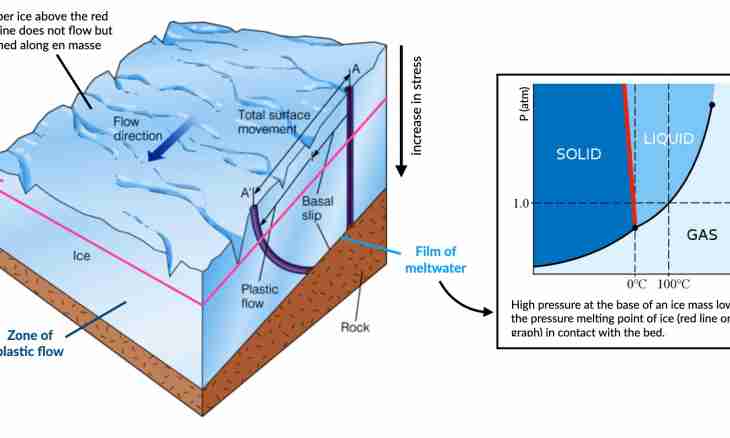For certain almost every day, when you watch or listen to a weather forecast, pay attention only to air temperature and possible precipitation. But weather forecasters mention some more important parameters and atmospheric pressure among them. Generally atmospheric pressure is the pressure of the atmosphere upon the earth's surface and all objects on it. The human body is affected by such pressure which is equivalent to pressure of 15-ton cargo. But we do not feel it as in our body there is an air too.
It is required to you
- mercury barometer or aneroid barometer. And if you need to take continuously readings of pressure, then it is necessary to use the barograph.
Instruction
1. The mercury barometer, as a rule, shows atmospheric pressure in millimeters of mercury. Just look on a scale at mercury level in a flask – and already you know atmospheric pressure in your room. As a rule, this value is 760±20 mm Hg. If it is required to learn pressure in pascals, then use the simple translation system: 1 mm Hg = 133.3 Pas. For example, 760 mm Hg = 133.3*760 Pas = 101308 Pas. This pressure is considered normal at sea level at 15 °C.
2. It is very simple to take readings of pressure from a barograph scale too. This device is based on action of an aneroid box which reacts to change of pressure of air. If pressure increases – walls of this box cave in inside if pressure decreases – walls become straight. All this system is connected to an arrow, and you only should look what value of atmospheric pressure of the shooter shows on a device scale. Be not frightened if the scale is in such units as the gpa is a hectopascal: 1 gp = 100 Pas. And for transfer to more habitual mm Hg just use equality from the previous point.
3. And it is possible to find atmospheric pressure at some certain height even without use of the device if you know pressure at sea level. Only some mathematical skills will be necessary. Use this formula: P=P0 * e^(-Mgh/RT). In this formula: P – required pressure is on the ball h; P0 is pressure at sea level in pascals; M – it is the molar mass of air, equal 0.029 kg/mol; g – terrestrial acceleration of gravity approximately equal of 9.81 m/s²; R – it is a universal gas constant, is accepted to 8:31 J/mol To; T – air temperature in Kelvins (for the translation from °C in To use formuloyt = t + 273 where t is °C temperature); h – height above sea level where we find pressure, is measured in meters.

